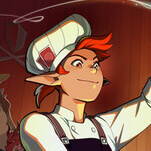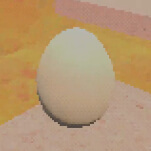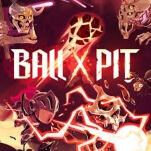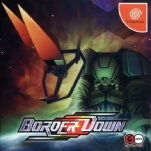Arcane Eats Aims to Offer Its Own Flavor of Roguelike Deckbuilding
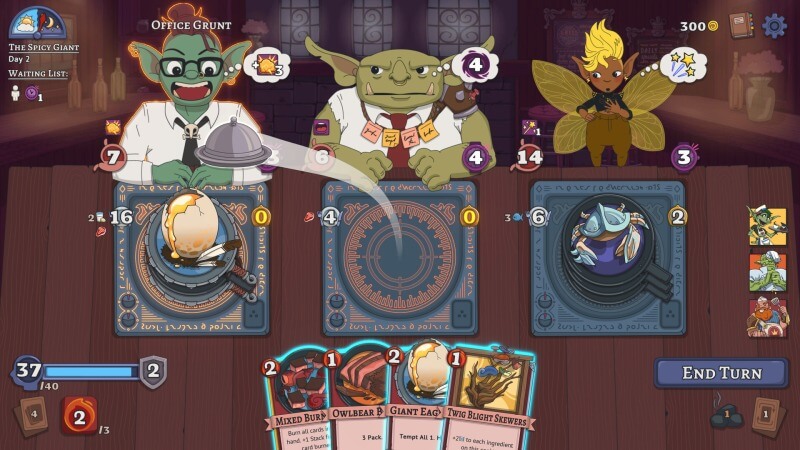
With Slay the Spire 2 poised to suck many of us back into a blackhole of intensive combos and tense monster-slaying this March, other roguelike deckbuilders will likely have a bit of an uphill battle in the coming months. That said, there’s still room for more than one title in this uber-popular format, and that’s doubly true if they distinguish themselves from Mega Crit’s genre-defining title.
Case in point, while Arcane Eats has a solid amount of overlap with this genre heavyweight, it serves up its own twist on the space in the form of culinary chaos. Having sunk a little over an hour into its demo on Steam, its cooking theme is more than just an aesthetic choice. Several of its central mechanics are tailored around the push and pull of the kitchen as you attempt to win the greatest battle of all: dealing with aggressively annoying customers.
Set in a high-fantasy village called Savory Springs, you play as a restaurant owner aiming to make a name for themself as they battle waves of diners and food judges alike. Alongside your co-chef, you’ll make your way through a month of high-octane cooking in an attempt to unlock the secrets of the “culinary leylines.”
On the surface, you’d be forgiven for assuming that the main thing that differentiates Arcane Eats is its foodie framing. Here, you assemble a deck of cards that represent ingredients, cookware, and seasonings, as you combine these to create meals for guests. Your patrons have a hunger meter (which acts like their health bar) that fills as you feed them. However, if you take too long, they’ll start hurling complaints your way, which chip away at your mental health (your health bar). If this meter fully deteriorates, it’s game over. While the context is different, it’s a bit like battling through waves of monsters in any number of roguelike deckbuilders.
However, there is a crucial difference: the act of cooking these meals. When you play a food card, you need to physically place it on one of the three skillets in front of you. Each card has an icon representing its Cook Time, which indicates how many turns it will take until the dish is ready. As you add ingredients to a skillet, it increases the Food value of the course, which influences how much it will impact a patron’s hunger meter. Ingredients change other attributes too, like what food groups are involved, its flavoring, and more.
-

-

-

-

-

-

-

-

-

-

-

-

-

-

-

-

-

-

-

-

-

-

-

-

-

-

-

-

-

-

-

-

-

-

-

-

-

-

-

-

